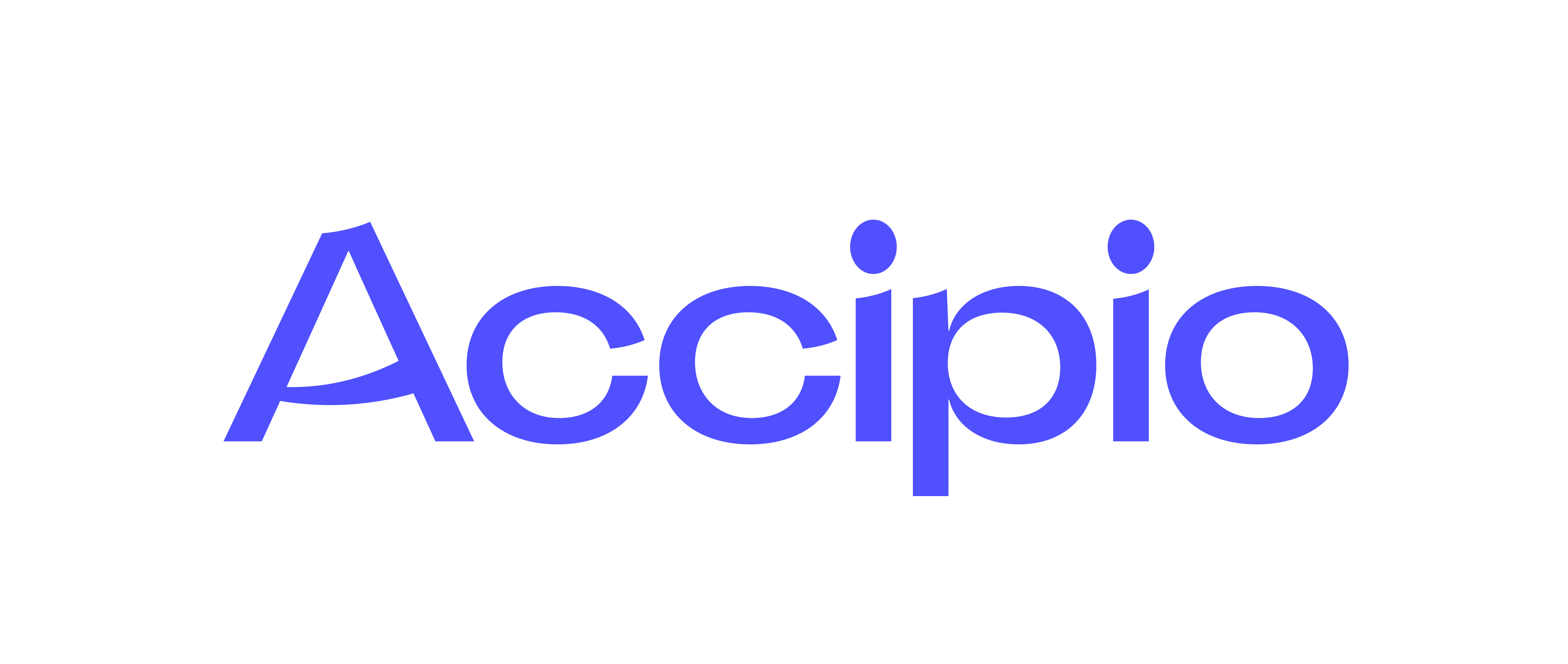12 Apr The Triple Bottom Line
As Corporate Social Responsibility (CSR) initiatives have become more and more popular, the attention of performance management has turned away from only financial and towards a more holistic approach. An emerging idea fitting with this tradition is the ‘Triple Bottom Line’, an innovative way of measuring an organisation’s environmental, social and economic impact. The model was developed by John Elkington, in his 1994 book SustainAbility. The author argues it is beneficial for any organisation to take their performance analysis beyond traditional measures of financial performance. Since the book’s publication, multinational corporations and governments across the world have adopted the Triple Bottom Line tool for measuring performance, particularly those with poor reputations.
The ‘Tripe Bottom Line’ is often described as focusing on “people, planet and profit” and we have discussed each element in more detail below.
1. People (Social Impacts)
Organisations should not only be concerned with how they treat their workforce, but also their impact on the wider community. This includes contributing to local community projects and improving local health and education services. In terms of their own employees, they can ensure discrimination does not take place, apply minimum wage levels, maintain health and safety levels and monitor working hours.
2. Planet (Environmental Impacts)
As the consequences of global warming have come into the public eye, the effects organisations have on the environment has also become a popular discussion topic. In particular, the sustainability of operation, the natural resources used, waste management and land use have come under scrutiny in recent years. For this reason, organisations now monitor these elements closely, to ensure they are having a positive environmental impact.
3. Profit (Economic Impacts)
This element is different to traditional corporate financial accounting and measurement of profits. It also takes into account the external economic benefit generated for society. For example, employing local individuals and using local suppliers will improve the standard of living in the area and create a multiplier effect throughout the local economy.
Key Benefits:
Reputation – The key benefited often associated with pursuing CSR initiatives is an improvement with the organisation’s reputation in the public eye. This can have a range of positive side effects, as consumers, other organisations and employees favour organisations that have a positive reputation.
Recruitment and Retention of Talent – Studies have shown that individuals will choose to work for a company with a positive CSR reputation over one that does not. Therefore, pursuing these initiatives will help to recruit the best talent and keep them working for you.
Increased Productivity – Initiatives to reduce waste and utilise sustainable operations can also improve productivity and save costs.
New Market Potential – By pursuing these initiatives, new markets can open up. For example, fair trade food has recently become very popular in the consumer market.
Key Disadvantages:
-Marketing Tool – Often CSR initiatives can come across a simply marketing tools, with no real objective to improve performance. If organisations only want to appear to be monitoring the triple bottom line, rather than actually doing it, then they will be wasting resources.
-Objectives Lost – The triple bottom line, while having the potential to improve productivity, is not enough to have as a sole strategy. Therefore, only pursuing the triple bottom line will allow other important objectives to be lost.
-Lack of Understanding – The triple bottom line is a complex tool and is not always understood fully, in particular as there are no precise measurement tools for each element. This means resources can be wasted pursuing the wrong things.
-No Precise Measurement – No precise measurement exists for each of the three elements and this can make it hard to measure and control performance.
Pursuing the triple bottom line initiative increases the transparency and accountability of an organisation’s operations. This is the key benefit to organisations as it can attract the best talent, attract new consumers and improve productivity levels. However, on top of this it is believed that organisations have a social responsibility to monitor these things, as they are responsible for all of their stakeholders, whether they affect them directly or indirectly. The tool is a reporting system, rather than used for actually improving performance.

